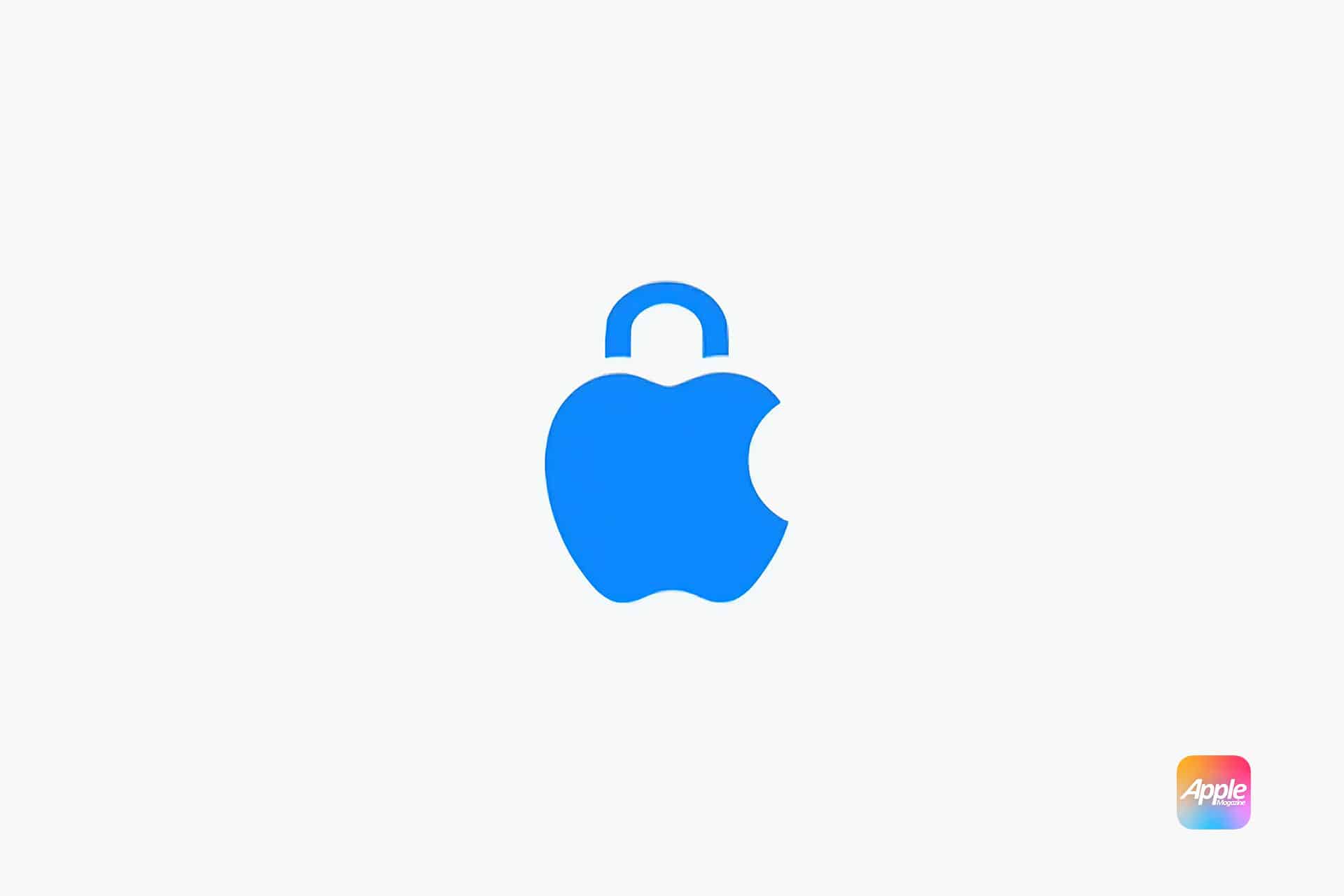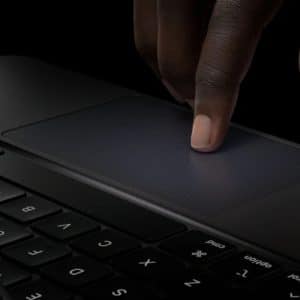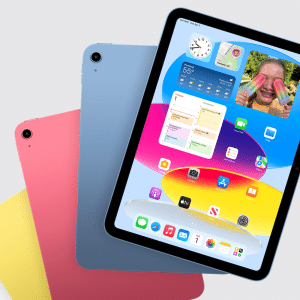From impressive hardware updates to notable design shifts, the M4 Mac models are an exciting addition to Apple’s lineup. This deep dive into the new devices covers all the key features, explores the Wi-Fi choice, and provides insight into how the M4 Macs fit into Apple’s larger network strategy.
A Closer Look at the M4 Macs
Apple has consistently pushed the envelope with its in-house chips, and the M4 Mac models are no exception. The M-series chips have set new standards for power efficiency, speed, and integration across Apple’s network of devices, and the M4 advances that momentum even further.
At the core of the new M4 models lies the enhanced M4 chip, which promises superior processing power and energy efficiency compared to its predecessor, the M3. Leveraging cutting-edge architecture and Apple’s custom-designed cores, the M4 elevates multitasking, graphics, and performance-intensive applications.
Professionals and creatives will find the M4’s efficiency particularly valuable, as it optimizes power for tasks like 4K and 8K video editing, graphic design, and complex data processing.
The M4 Mac lineup includes improved graphics capabilities that support Apple’s ongoing commitment to high-resolution displays and powerful visual output. Advanced GPU cores in the M4 chip drive smoother animations, more detailed textures, and overall enhanced graphics performance. Whether working on intensive creative projects or simply streaming high-definition content, users will experience visuals with remarkable clarity and detail.
Apple is known for its Retina displays, and the M4 Mac models continue this tradition with even higher resolutions, refresh rates, and color accuracy. Paired with the M4 chip, these displays will deliver an immersive, responsive experience that benefits both productivity and entertainment.
Why the M4 Macs Won’t Feature Wi-Fi 7
One of the standout details about the M4 models is Apple’s decision to opt for Wi-Fi 6E over the newer Wi-Fi 7. While Wi-Fi 7 offers faster data rates and reduced latency, the choice to stay with Wi-Fi 6E aligns with Apple’s strategic approach to balancing innovation with reliability.
Wi-Fi 6E, though not as advanced as Wi-Fi 7, is more than capable of delivering the high-speed connectivity that most users need. With a 6 GHz frequency band and support for greater data transfer rates, Wi-Fi 6E enables robust performance for streaming, video calls, and file sharing across Apple’s network. Furthermore, the existing infrastructure for Wi-Fi 7 is limited, meaning only a small subset of users would be able to fully utilize it even if it were included in the M4 Mac models.
Apple’s priority often leans towards stability and security over adopting the latest technology without proven benefits. Wi-Fi 6E offers a stable, high-performance wireless experience with lower latency, which Apple believes meets the needs of most users without compromising on reliability. Given that Wi-Fi 7 is still in its early stages, Apple may be waiting for it to mature before incorporating it into its lineup, ensuring users enjoy consistent, reliable connectivity across all of their devices.
While the M4 Mac models won’t support Wi-Fi 7, Apple will likely incorporate it in future releases when the technology is more widely adopted. As the Wi-Fi 7 infrastructure expands, Apple can revisit this decision with a clearer picture of user benefits and compatibility needs. For now, however, the stability and compatibility of Wi-Fi 6E align more closely with Apple’s goals for its current network.
The Role of M4 Macs in Apple’s Network Strategy
Apple’s network of interconnected devices thrives on compatibility and shared technology standards. The M4 Mac models will seamlessly with this network, supporting enhanced cross-device functionalities and resource-sharing capabilities, which create a cohesive experience across Apple’s platform.
The M4 Macs will provide even tighter integration with iOS and iPadOS, allowing users to benefit from an increasingly unified experience. Features like Handoff, Universal Control, and Sidecar will perform more smoothly, empowering users to transition effortlessly between devices. The efficiency of the M4 chip makes this cross-device connectivity faster and more responsive, ideal for users who rely on multiple Apple devices for work and personal use.
Apple’s Continuity features, such as AirDrop and Universal Clipboard, will operate more seamlessly than ever with the M4 models, allowing users to share files, documents, and even their screens with minimal effort. This cross-device synergy, powered by Apple’s latest software and the M4 chip’s capabilities, reinforces the ease of use and connectivity that Apple users have come to expect.

Enhanced Security and Privacy with the M4 Mac Models
Apple has always been committed to privacy and security, and the M4 Mac models reflect this dedication with enhanced security features. The M4 chip’s architecture includes advanced security capabilities to protect user data, ensuring that everything from biometric data to personal files remains secure.
On-device processing is a core feature in Apple’s approach to privacy, and the M4 models are no exception. By processing sensitive data directly on the device, Apple limits the amount of data shared externally, giving users more control over their information. Whether for Face ID or Touch ID, this security standard ensures that private data remains protected, even as apps and services become more intelligent and personalized.
The M4 Mac models support end-to-end encryption, further bolstering Apple’s already strong security standards. Additionally, threat detection features integrated into macOS will continue to evolve, providing enhanced malware protection and safeguarding against emerging threats. This security framework ensures that the M4 Macs are not only powerful but also resilient to vulnerabilities, providing peace of mind for users.
With the introduction of the M4 Mac models, Apple continues its drive towards more powerful, efficient, and user-friendly devices. These models represent a key step in Apple’s evolution, bringing state-of-the-art processing and unparalleled cross-device functionality while maintaining a focus on privacy and security. While the decision to forgo Wi-Fi 7 might seem like a limitation, it’s a strategic choice that ensures stability in the short term as Apple’s technology and user network continue to grow.
Are you looking forward to getting your hands on the new M4 Macs? Let us know on X!













